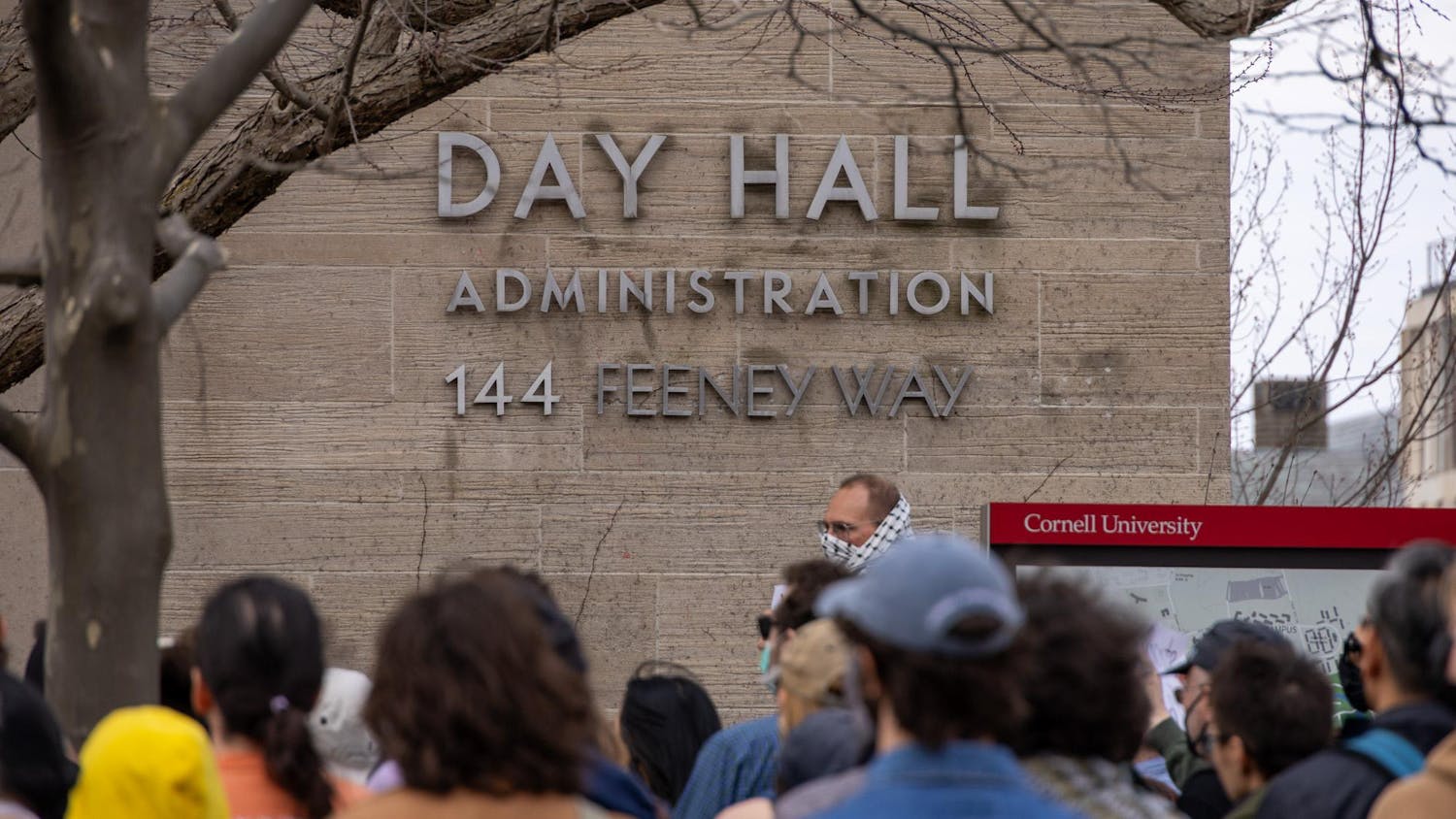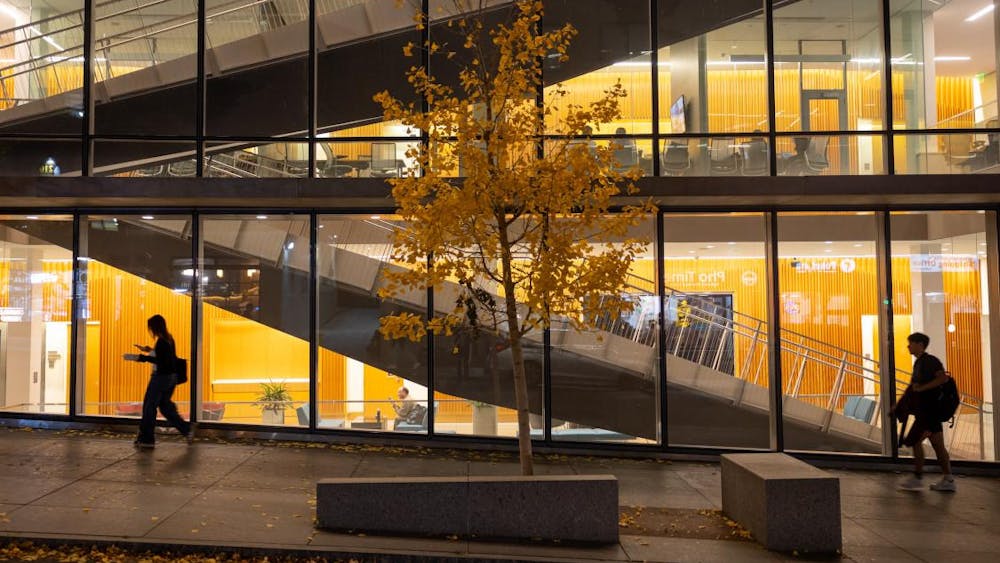After last week’s announcement that campus would move to alert level yellow, troubling COVID trends on campus have lingered. Last Friday marked the highest number of new COVID-19 cases Cornell has recorded in a single day since the pandemic, and quarantine and isolation capacity has dropped to just 27 percent.
After five days of double digit daily cases last week, cases fell over the weekend. But the spike has kept the Statler and other quarantine spaces filled with students. From March 16 to March 22, students made up all but two cases on campus and 75 out of 129 cases in the county.
The Tompkins County Health department also announced Monday that the county has identified three variants of the SARS-CoV-2 virus — the U.K., New York City and California variants.
According to Frank Kruppa, Tompkins County public health director, the variants have been in the county for several weeks. However, the new variants are likely not the driving the recent spike in cases on campus.
Rather, students gathering more frequently and in larger groups is contributing to the increased spread, even if they socialize outdoors.
“Being outside is a good thing, but if people start congregating outside in large amounts without masks, that's back to being a bad thing,” said Prof. Gary Whittaker, microbiology and immunology.
At the time of publication, Kruppa said he was unsure if any of the cases of the New York or California variant reported in the county were from members of the Cornell community, because samples are made anonymous before being genetically sequenced. Still, he said variants mostly aren’t driving transmission.
“We haven't seen those variants spread beyond households to date,” Kruppa said. “Typically, close household contacts are the most common exposures that result in another case, and that's really what we've seen with the variants as well.”
With the high volume of cases, Cornell’s quarantine and isolation spaces — including the Statler Hotel — are nearing full. When planning their initial reopening in 2020, Cornell contracted with local hotels to provide additional quarantine space, the University told The Sun in a statement.
These variants likely made their way to the county from travel to other areas, but Kruppa said the growing prevalence of these strains is part of a larger national trend. Whittaker also noted that because of the amount of testing and sequencing done by Cornell, Tompkins is more likely to identify these variants when they would go unnoticed elsewhere.
Overall, both Kruppa and Whittaker said they were not concerned that these variants would further tighten public health restrictions in Tompkins County or on campus.
While some public health officials, like Scott Gottlieb, the former commissioner of the U.S. Food and Drug Administration, are raising concern that a recent spike in cases in New York City could be because of the new variant, much of the research on this variant is in its earliest stages.
“There's not good data to say that this is a problem,” Whittaker said. “I tend to not see it as a problem until it's proven that there's a problem.”
Whittaker drew a line between the two U.S. variants and the U.K. variant, referring to the latter as a “variant of concern” and the other two as simply “variants of interest.” While he is monitoring all three, he said he isn’t concerned yet that the variants of interest will significantly worsen the state of the pandemic.
Whittaker is currently researching the U.K. variant, which is more transmissible than the original strain of SARS-CoV-2. Early data from his lab indicates that this variant may have mutations that make it more benign, leading to higher rates of asymptomatic spread.
With the current body of knowledge,Whittaker said he sees the South African variant as most problematic because of reports that vaccines are less effective against it.
Regardless of which variants are present in Tompkins County, Kruppa and Whittaker doubled down on the public health measures that have been in place for the past year — mask wearing, physical distancing and reducing close contacts.
“It doesn't change what we're asking people to do. But we just wanted them to be aware that we have identified it,” Kruppa said. “Right now, we're not asking folks to do anything different than what we have. In fact, we're hoping to see a relaxing of some of the public health guidance as more and more people get vaccinated.”
More than ever, the two emphasized the power of vaccines. While numerous variants have emerged, none have mutated significantly enough to render current vaccines useless according to Whittaker.
In New York, vaccines are available to those over the age of 50, 1a and 1b essential workers and individuals with certain comorbidities. Tompkins County has specifically earmarked its most recent shipment of vaccines for essential workers, which include first responders, restaurant employees, health workers and in-person instructors.
Despite the promise of outdoor socializing and increasing numbers of students being vaccinated, Whittaker cautioned against returning to normal too soon — particularly as Cornell begins to allow student organizations to hold events.
“It's clear that people are tired of social distancing. They're tired of wearing masks. They’re tired of filling out the Daily Check every day,” Whittaker said. “We still need to be on fairly high alert, because the clubs starting, athletic events starting fairly increases the contact and the numbers of people close to each other. So be careful that this doesn't backfire.”











